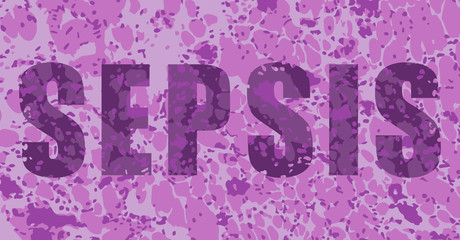ICU sepsis rates underestimated

Sepsis rates in Australian intensive care units (ICUs) are significantly underestimated, according to new research published by the Medical Journal of Australia.
The study found that the incidence and mortality rates of sepsis in Australian ICUs are both significantly underestimated by the current database methodology.
Sepsis is conservatively estimated to cause around 6 million deaths worldwide each year, many of them preventable. Being able to make accurate estimates of population-level incidence and mortality is vital for setting patient safety standards and hospital policies.
“Accurately quantifying the incidence and disease burden of sepsis is difficult,” the authors, led by Professor Simon Finfer of the George Institute for Global Health, wrote. “As there are no definitive tissue or serological tests for sepsis, the gold standard for diagnosis is clinical identification of organ dysfunction caused by infection.
“At the population level, this would require either prospective cohort studies or retrospective medical record reviews on a scale impractical for routine disease surveillance.”
Instead, estimates of the incidence and mortality of sepsis in patients in Australian ICUs have been made by the Australian and New Zealand Intensive Care Society Centre for Outcome and Resource Evaluation (ANZICS-CORE).
The accuracy of these estimates has been unknown. The researchers therefore screened, twice daily, all patients over 18 admitted to the 60-bed ICU at Royal North Shore Hospital in Sydney for clinical diagnoses of sepsis or septic shock.
The patients were also assessed with the methodology of the ANZICS CORE adult ICU patient database. They found that “the estimated incidence of sepsis among adult ICU patients was significantly higher when based upon the reference standard — prospective clinical diagnosis — than when applying the ANZICS CORE database criteria, as was the proportion of patients with sepsis who died in hospital”. They also found that “the estimated incidence of septic shock was higher when using the ANZICS CORE methodology”.
“When compared with prospective clinical diagnosis, ANZICS CORE database criteria significantly underestimate the incidence of sepsis and overestimate the incidence of septic shock, and also result in lower estimated hospital mortality rates for each condition,” Finfer and colleagues reported.
“Calibration of methods based on [International Classification of Disease] coding and routinely collected data (such as those of ANZICS-CORE) in cohort studies similar to ours could increase the accuracy of data on the incidence and burden of sepsis, a major public health challenge and a threat to patient safety.”
World Sepsis Day, a global effort to improve awareness of sepsis and reduce resulting death and disability, is held on 13 September each year.
AdPha welcomes "win for all Australians" PBS news
Advanced Pharmacy Australia has welcomed the announcement that over 400,000 Australians each week...
NSW sees ramping reductions across some of its busiest EDs
Some of NSW's busiest emergency departments have seen significant reductions in hospital...
RACGP calls for obesity-management medication PBS subsidy
Following its new position statement on obesity prevention and management, the RACGP is calling...









